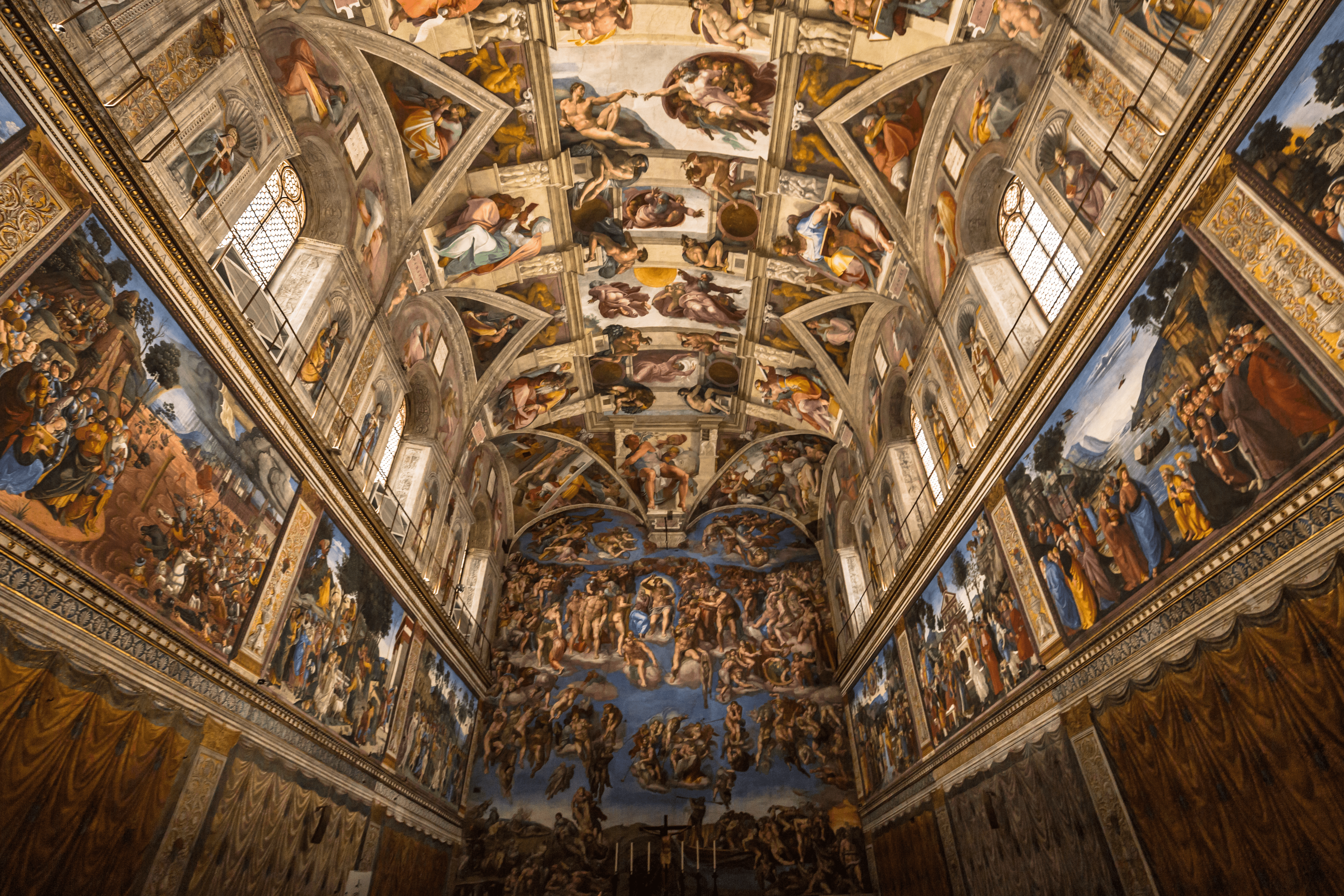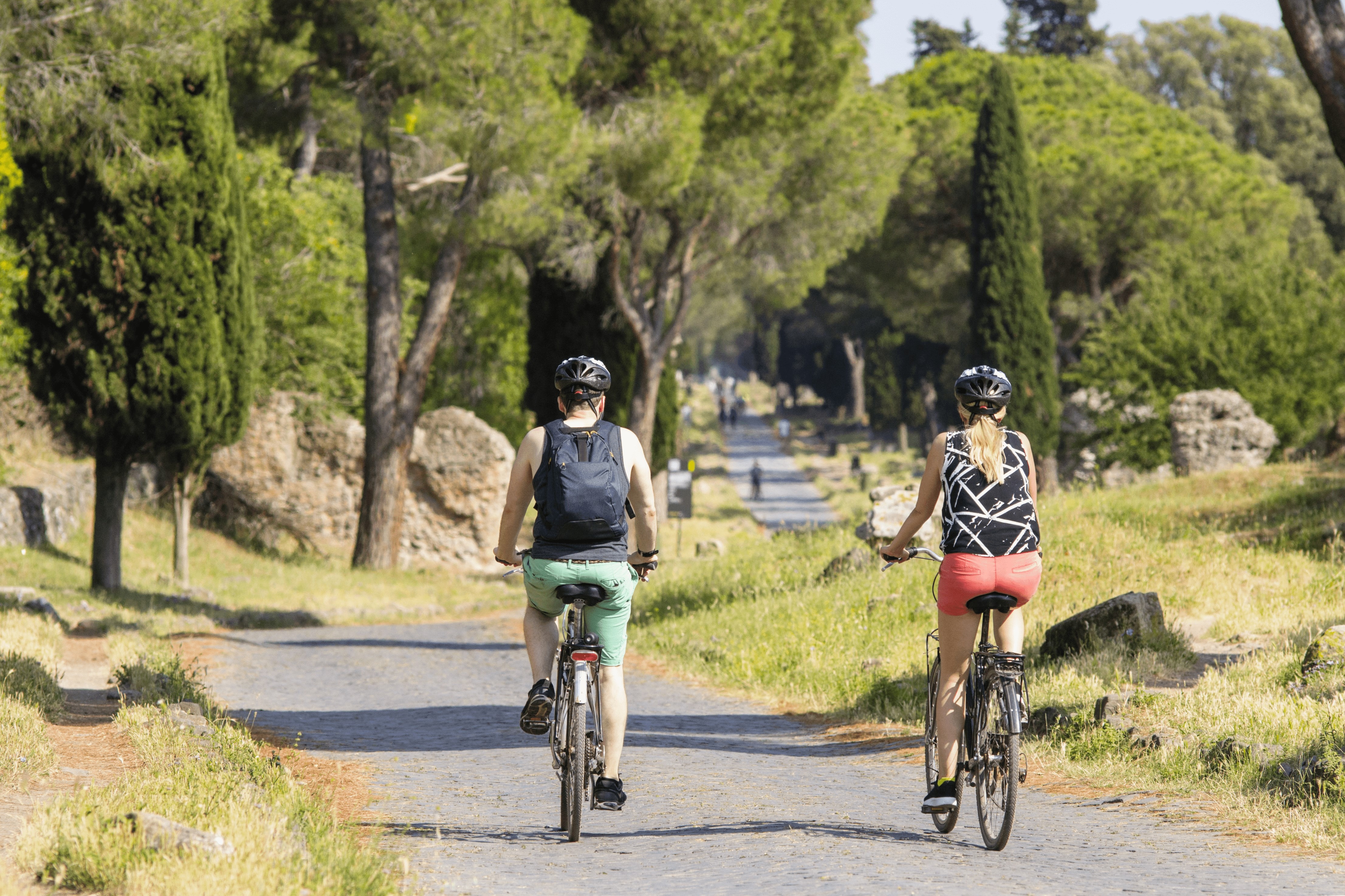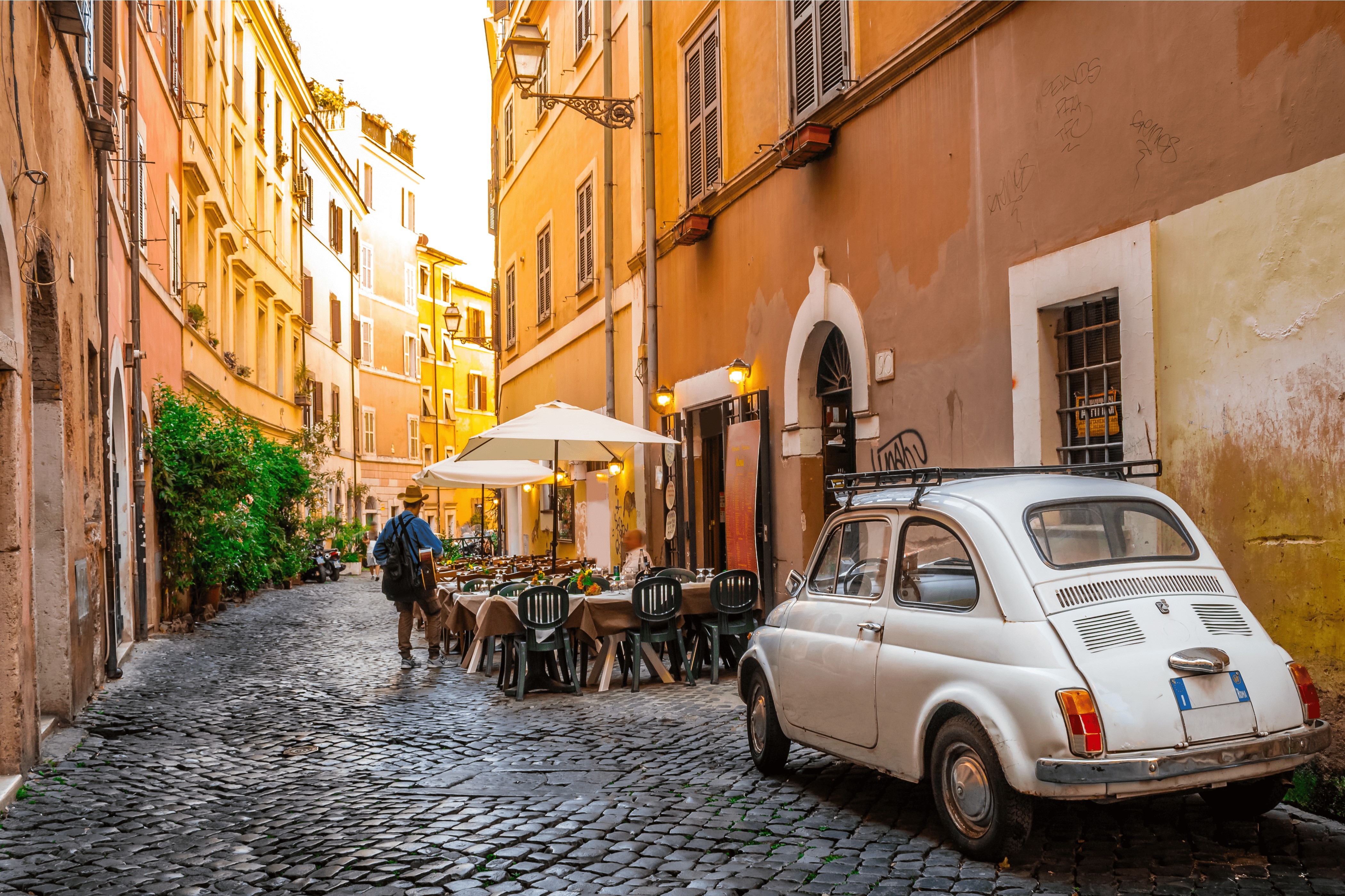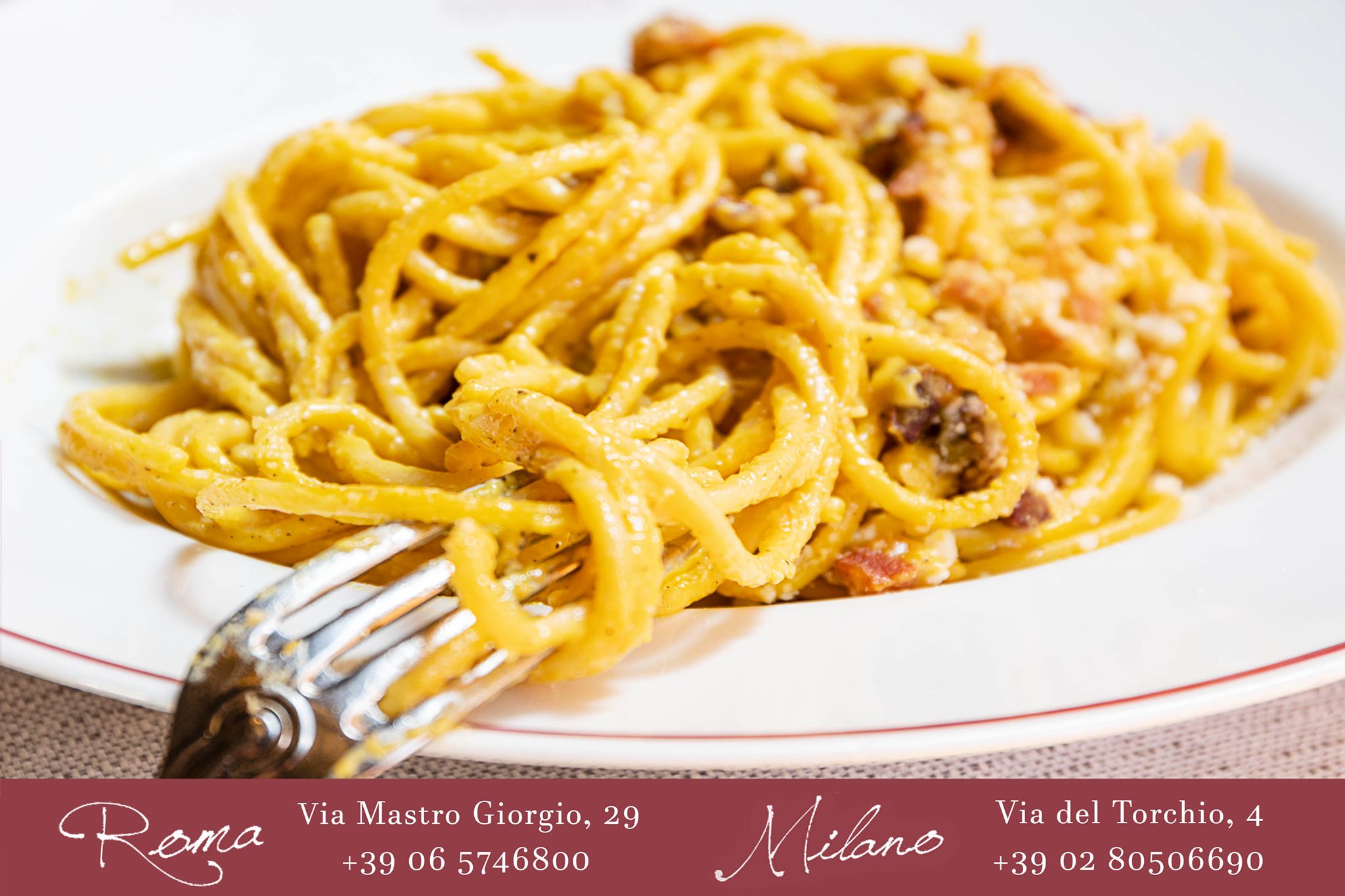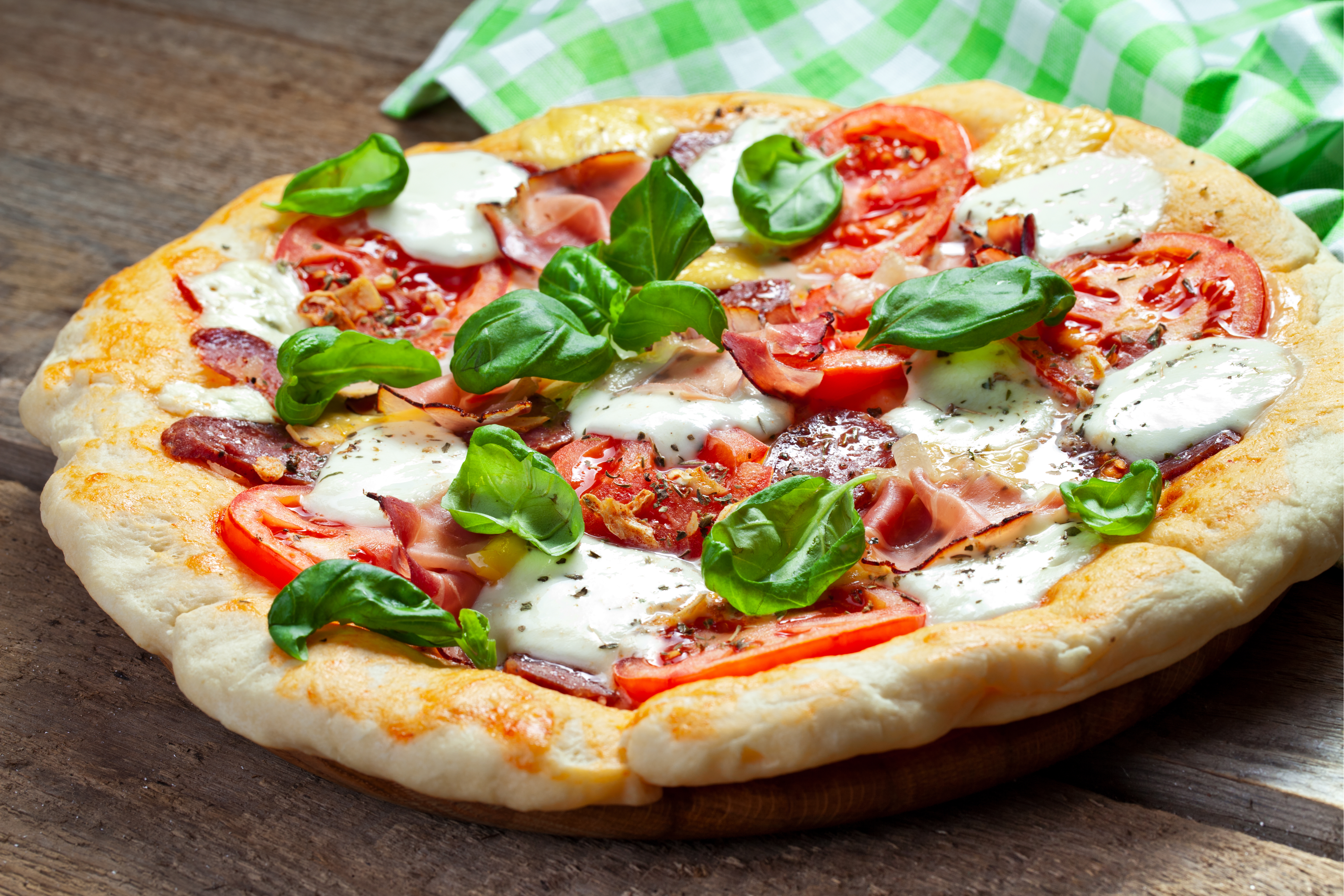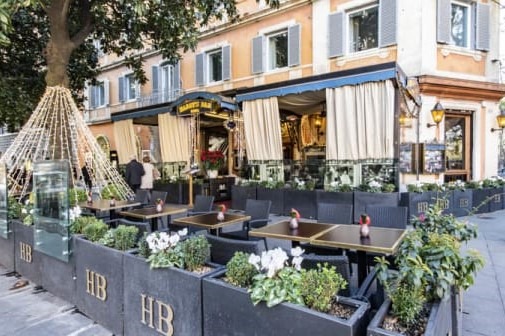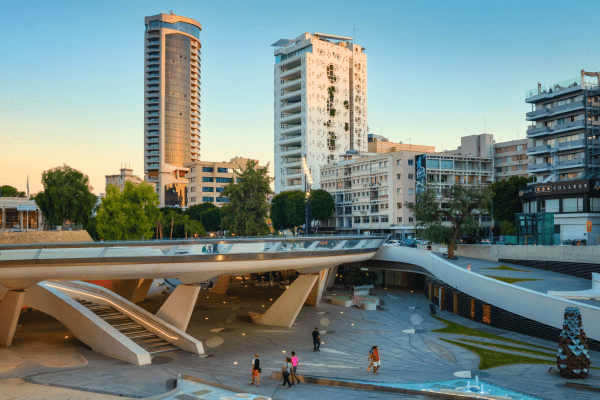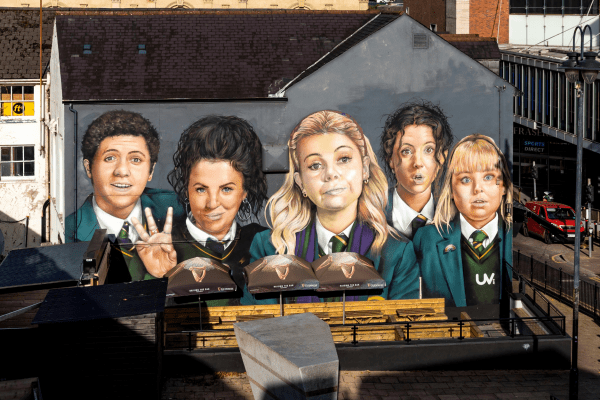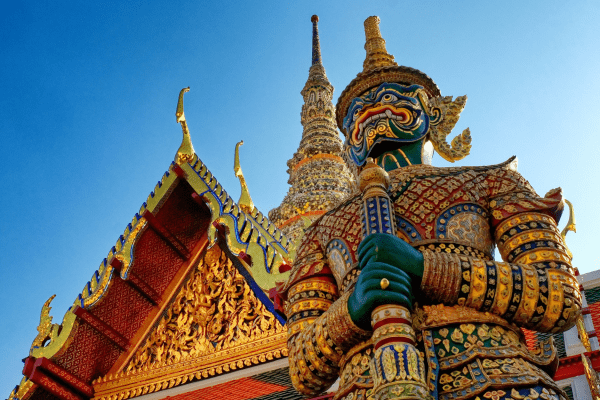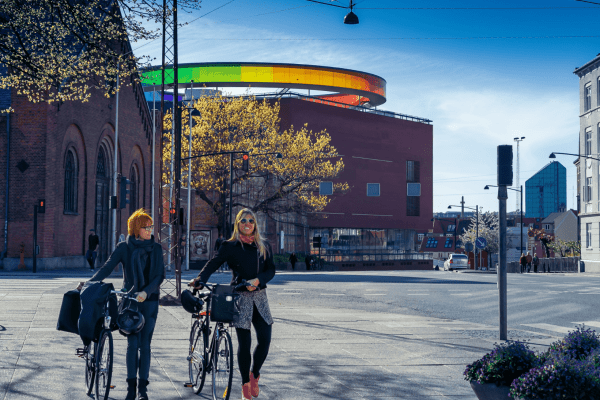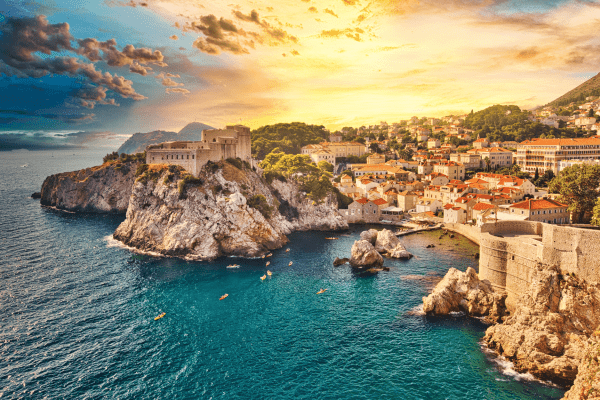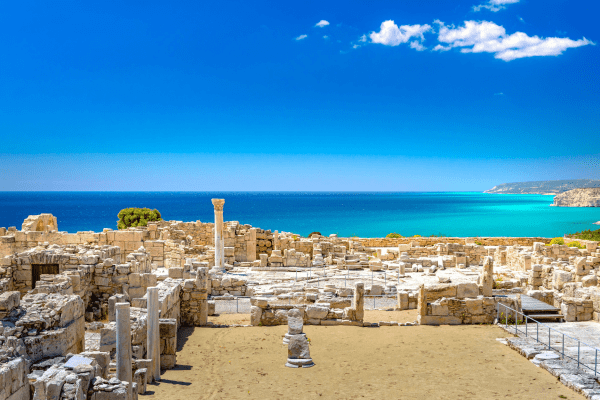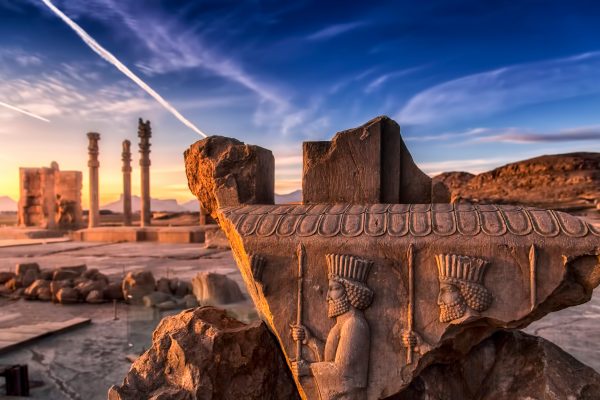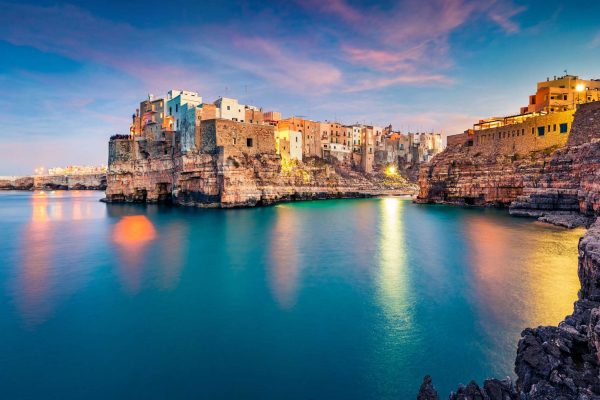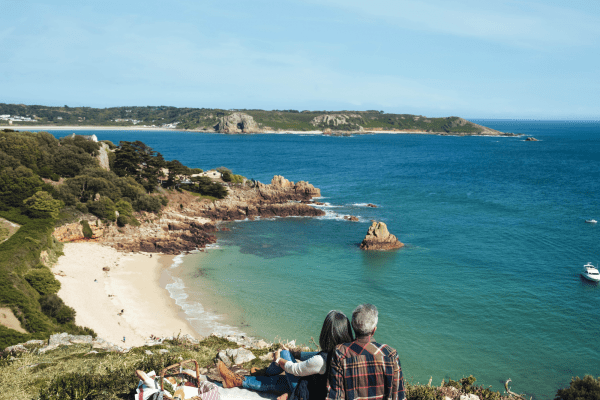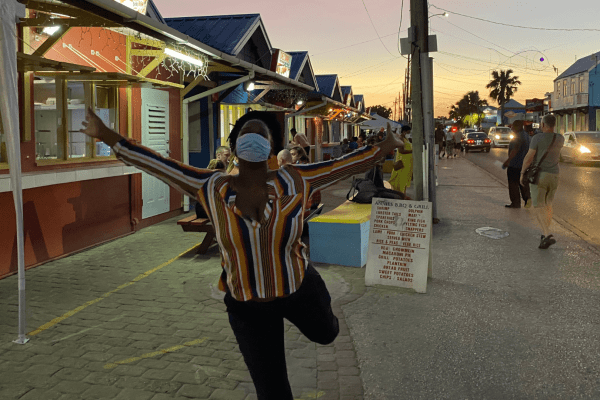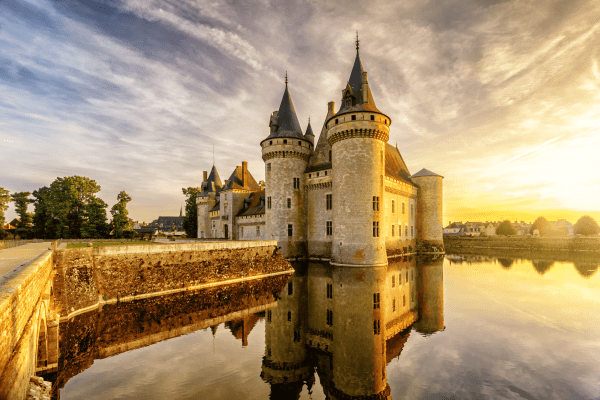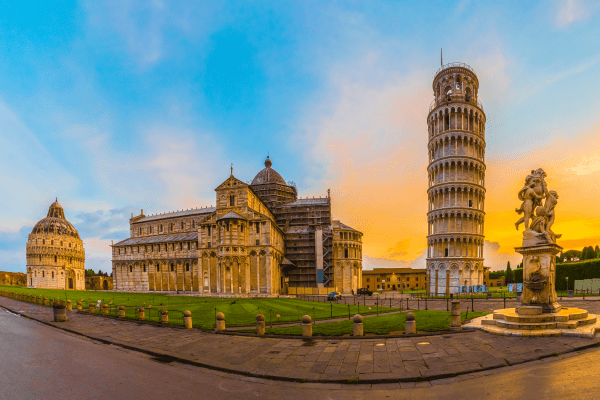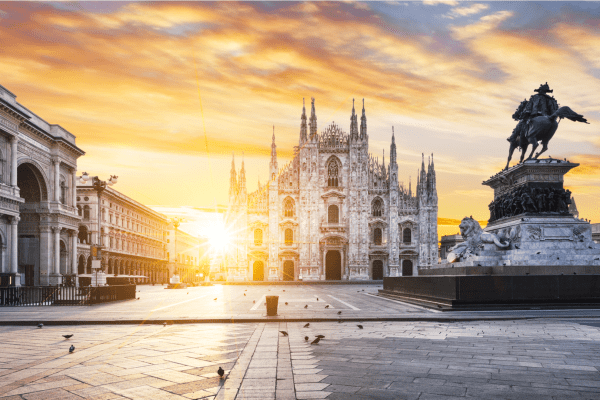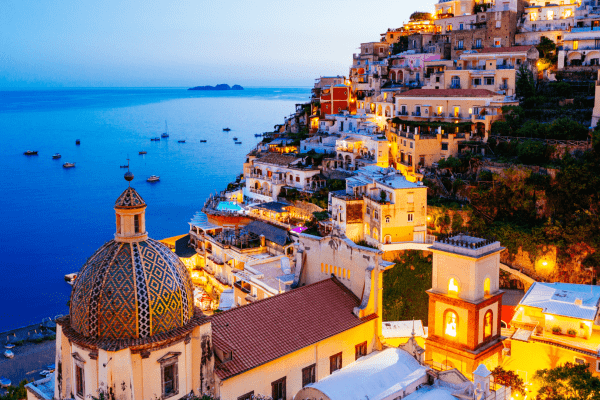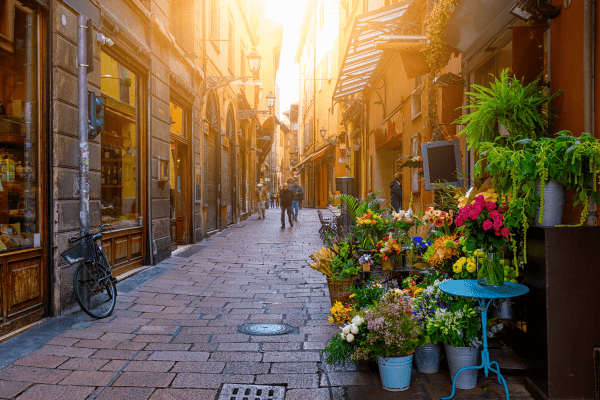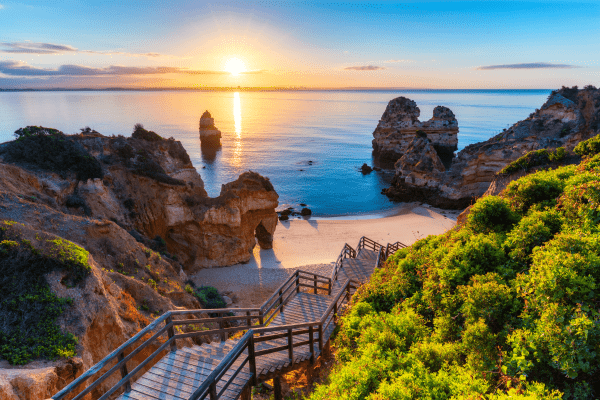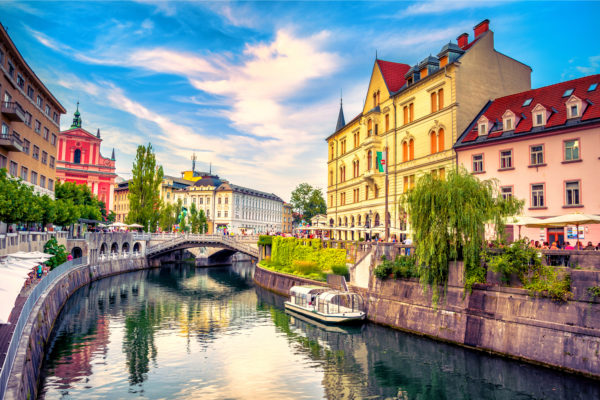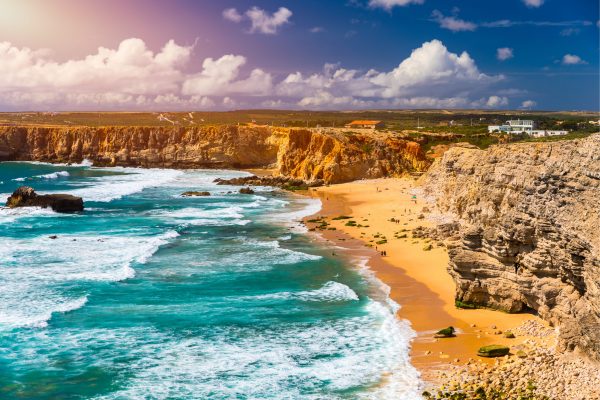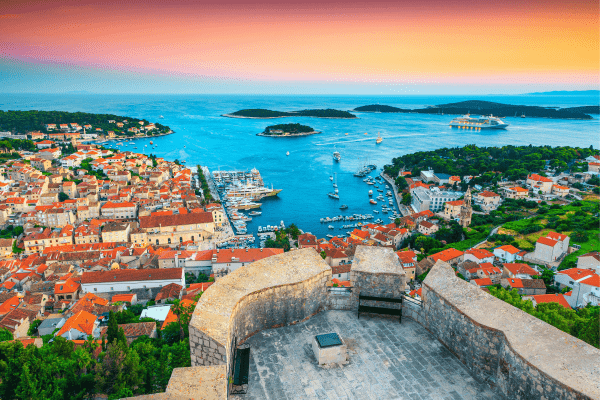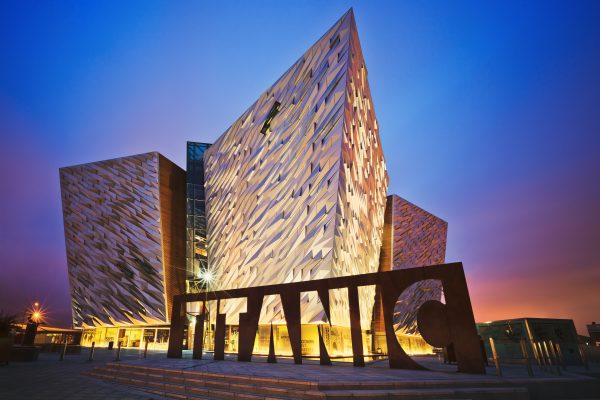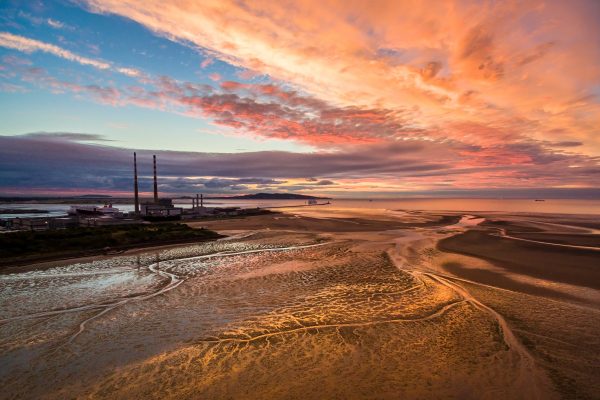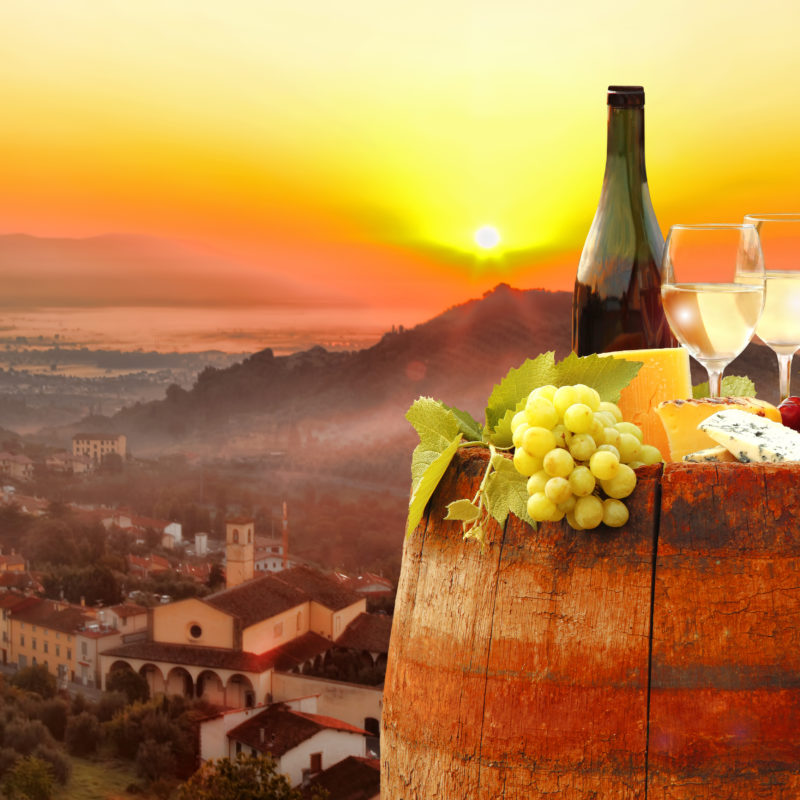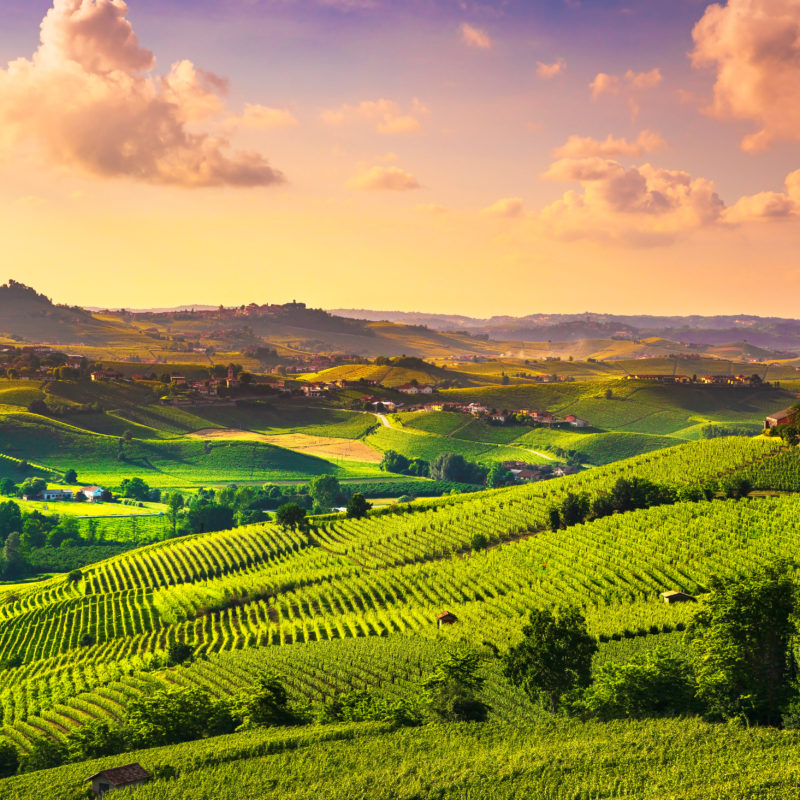Gladiators, Popes and Pasta Carbonara
Step back in time to the home of the most influential and celebrated empire in the whole of human existence. Over the course of more than a millennium, our togaed friends conquered pretty much all of Europe, western Asia and northern Africa, building roads, arches, and walls, baths and public toilets. Indeed Ancient Rome was a busy sort of a place, unbelievably estimated to be around six times more densely populated than New York City is today. In fact, the old centre can still seemed rather rammed, as tourists clammer to experience the very same cobbled streets, sacred temples, and beautiful views enjoyed by Ceasar, Caligula, and Virgil.
Low Season here is something of a respite from the stinking hot summer. Rome is never exactly going to be crowd-free but November to March sees the fewest visitors and shortest wait times. This period can offer a much more efficient use of your time, with some low season travellers reporting being able to double their experiences compared with summer. Daytime temperatures are generally around 10°C so not as cold as more northern climes and the period offers your best chance to experience the Italian capital at its most authentic best.
Evoke your inner Russell Crowe
The huge Colosseum once seated 50,000 Romans, baying for blood and a good day out and now attracts 7 million visitors a year. Christian martyrs, slaves and wild animals were rich pickings for slaughter and the site was even flooded on occasion for naval battles to take place. Book online for your particular time slot and while you wait for entry, take a stroll admiring the well preserved architecture of the exterior. Your ticket includes also the Forum, original city centre where markets, housing and temples once stood. You additionally access Palatine Hill, the most central of Rome’s seven mounts, and from where we get the word ‘palace’ thanks to Emperor Augustus establishing a tradition of building imperial homes there.
World’s Smallest Independent State
Designed in 1667, the Vatican has its own flag, stamps, mint and passports. It’ss the official seat of the Catholic Church and forms a kind of a country within a country. At the heart, St Peter’s Basilica is the single most important church in Christendom, and is said to be built on the very site of St Peter’s tomb. It’s free to enter so expect long queues, but the inside is absolutely stunning and the amount of art incredible. Remember to dress modestly or you’ll be turned away by the rather scary Vatican Swiss Guards. The Vatican Museums are something else again, and for these you do need a pre-booked ticket. 7km of outstanding works are here including the Pinacoteca, the Gallery of Maps, Raphael’s Rooms and the Sistine Chapel.
Local Rome
Rome can be expensive, so as well as experiencing the major sites, take time to sit and relax or wander the backstreets. Don’t miss a lunch in a local Rionale market such as Campo dei Fiori or visit the Jewish neighbourhood to sample artichokes, deep-fried just the way Jewish Mamme have been making them for centuries. Get lost in the narrow streets of the Trastevere area “beyond the Tiber”, the cobbled alleyways and lively piazzas of Rome’s Left Bank where you’ll find Dante Alighieri’s home and the mosaics of Santa Maria di Trastevere. End your day at the 18th century Spanish steps, great for people watching as residents take their evening passeggiata.

